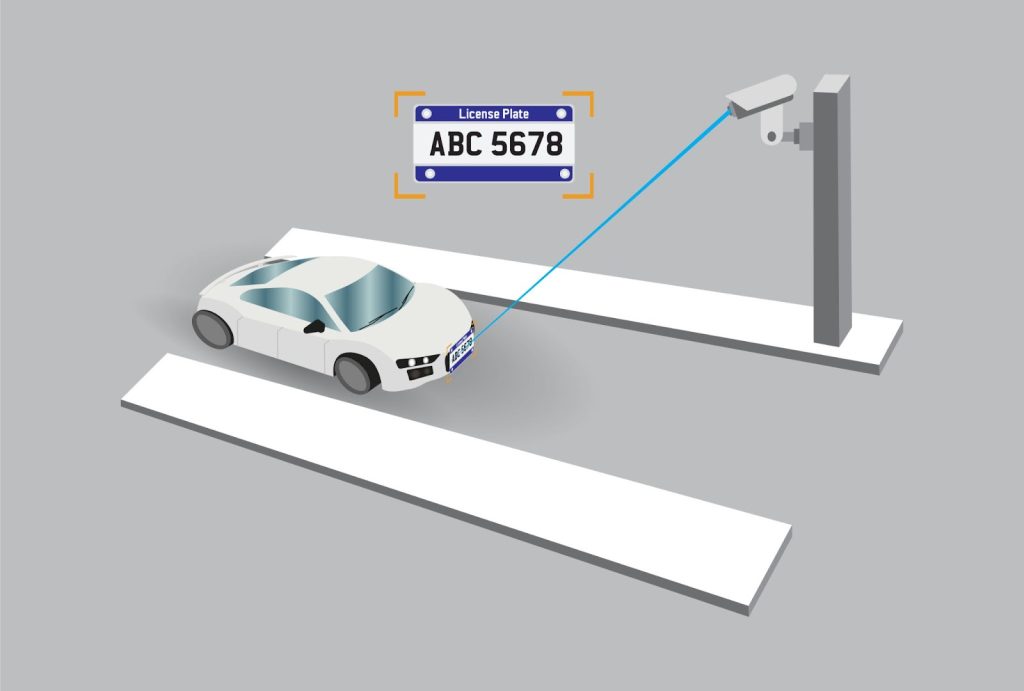Data-Driven Decision Making: The Benefits of Aerial Imaging in Construction Projects
Data-driven decision-making is a technological transformation that many industries, including the construction industry, are embracing. Aerial imaging, powered by drones, has emerged as an important part of this shift, offering insights that enhance planning, execution, and management. By leveraging drone technology and advanced software, construction companies optimize workflows, improve safety, and reduce costs. This article will explore the role of aerial imaging in construction, focusing on how it supports better decision-making through tools like reality capture measurement software and site survey measurement software.
The Importance of Accurate Data in Construction
In construction, decisions are only as good as the data they are based on. Poor-quality or incomplete information can lead to costly mistakes, delays, and safety risks. Traditional data collection methods, such as manual surveys or visual inspections, run the risk of falling short of providing the accuracy and detail required for complex projects. Aerial imaging fills this gap by capturing high-resolution data from above. Construction teams can collect precise, real-time information about the site’s conditions, topography, and progress using drones equipped with cameras and sensors. This data is invaluable for identifying potential challenges early and making informed decisions at every stage of the project lifecycle.
How Aerial Imaging Enhances Planning and Management
Comprehensive Site Surveys: Drone technology simplifies the process of conducting site surveys. Traditional surveying methods can be time-consuming and labor-intensive, particularly for large or complex sites. Drones, combined with site survey measurement software, can complete these tasks in a fraction of the time.By capturing detailed aerial images and integrating them with site survey measurement software, teams can generate accurate maps, 3D models, and elevation data. This provides a clear and detailed understanding of the construction site, enabling better planning and resource allocation.
Improved Reality Capture: Reality capture refers to digitally documenting the physical environment. Using drones and reality capture measurement software, construction teams can create detailed, up-to-date records of the site’s progress. This technology captures every detail, from terrain changes to structural updates, allowing teams to monitor changes over time and ensure projects stay on track.
Enhanced Collaboration: One of aerial imaging’s standout benefits is its ability to foster collaboration. The visual data collected by drones can be easily shared with all stakeholders, including architects, engineers, and project managers. This transparency ensures everyone has access to the same accurate information, reducing the likelihood of miscommunication or errors.
Key Benefits of Aerial Imaging for Construction
Aerial imaging delivers a wide range of benefits that directly impact project outcomes. Here are some of the most significant advantages:
- Precision and Accuracy: High-resolution images and advanced measurement tools reduce the margin of error in data collection. Reality capture and site survey measurement tools provide precise measurements, ensuring better planning and execution.
- Time and Cost Savings: Drones significantly reduce the time and labor required for surveys and inspections by automating data collection and analysis. This efficiency translates to lower costs and faster project timelines.
- Proactive Risk Management: Aerial imaging allows teams to identify potential hazards or issues before they escalate. For example, drones can spot unstable terrain or structural weaknesses, enabling corrective action early in the process.
- Streamlined Progress Monitoring: Regular drone flights visually record the site’s progress, helping managers track milestones and adjust workflows as needed. This minimizes delays and ensures the project stays on schedule.
- Sustainability: With more accurate data, construction teams can minimize material waste and optimize resource usage. This not only reduces costs but also supports environmentally friendly practices.
Applications of Aerial Imaging in Construction
The versatility of aerial imaging makes it applicable to various construction activities. Some of the most common uses include:
- Earthworks and Excavation: Drones can accurately measure excavation volumes, ensuring accurate cut-and-fill calculations and efficient material usage.
- Infrastructure Inspections: Drones can inspect structures quickly and safely from bridges to pipelines, providing detailed insights without exposing workers to dangerous conditions.
- Progress Reporting: Frequent imaging allows project managers to document progress visually and share updates with clients or stakeholders.
- Environmental Assessments: Drones can help teams assess environmental impacts and comply with regulations by capturing a comprehensive view of the site.
Conclusion
Aerial imaging is changing decision-making in construction projects. By providing precise, real-time data, drones and their associated software enable better planning, improved resource management, and enhanced collaboration. As the construction industry embraces digital innovation, aerial imaging will be increasingly important in shaping safer, more efficient, and cost-effective projects.













Post Comment